The CNC Metal Cutting industry offers several great options for businesses interested in cutting steel to shape or machining specialty metal parts. Laser, plasma and water jet cutting systems excel with sheet and plate, but as material thickness increases water jet cutting systems and plasma cutting systems seem to be the most preferred cutting methods.
If you’ve read any of our previous blogs, you are already familiar with the specifications, features and capabilities of water jet systems. You may not be as familiar with plasma cutting systems. Let’s dig into what a plasma cutting system is, and how they stack up against water jet machines.
The Basics of Plasma Cutting Systems
Plasma cutting systems utilize an accelerated jet of hot plasma to cut materials. To create the plasma, these systems propel an arc of electricity through compressed gas, which is then directed through a cutting head to a target material to be cut. Sufficient heat to melt through the workpiece is delivered and the combination of high-velocity plasma and compressed gas blow the hot molten metal away, thereby cutting through the workpiece.
Plasma cutting systems rely on creating an electrical arc between the cutting head and the target material, which means that the target material must be electrically conductive. This restriction narrows the types of materials a plasma cutter is capable of cutting to metals like mild steel, stainless steel and aluminum.
How Does Plasma Cutting Stack Up Against Water Jet Cutting?
When considering a choice between a plasma cutting system and a water jet cutting system, it is important to carefully consider your production needs including range of material types to cut, cut complexity, finish requirements and productivity goals and then compare the various features and functionality before making your final decision.
Let’s compare some of the key attributes of these systems to see where each one has the edge.
Range of Materials that Can be Cut:
Plasma cutting requires the material to be electrically conductive and not too thick, generally less than 2 inches. And, since it is a hot cutting method, certain materials that change properties under high heat must be excluded. Water jet machines, on the other hand, can cut the same materials plasma can and many more, including granite, glass, composites, foam, wood and even food. Water jet systems also have the edge in cutting thicker materials regularly cutting 6” thick stainless-steel plate and 20” aluminum block.
Cut Quality: Accuracy and Finish
Precise cuts and tolerances are another important consideration when selecting a cutting machine. Plasma cutter tolerances are affected by a number of variables including speed, material thickness/heat applied, torch height and a high accuracy range is +/- .015 to +/- .020”. Water jet cutters have fewer variables that impact accuracy and take the cake with tolerances usually around +/- .003” to +/- .005”.
Finish edge quality is an important factor to consider when buying an industrial cutting machine too. The better the finish quality, the less time you’ll have to spend on post-cut machining. When it comes to the finished edge of the cut, water jet machines often provide a significant advantage over plasma cutting systems. Due to the way they work, plasma cutters tend to leave molten metal splatter, or dross, on the edge of the cut that increases with material thickness. This needs to be removed either manually or through additional machining.
One other important factor to consider when comparing cut quality between water jet machines and plasma cutters is the “Heat Affected Zone” or HAZ. HAZ is a natural occurrence in heat-driven cutting systems. Material in the HAZ, or just outside the path of the cutting head, is prone to warping as the cutting head melts the material along the cutline. Water jet systems, a cold process, leaves no dross and are capable of complex cuts like bevels. Completed parts can be used immediately without the need for post-cut clean up.
Maintenance and Consumables
Both systems require consistent maintenance to keep them operating at peak performance. Water jet machine maintenance varies by pump type. Plasma cutting systems require no pumps, but still need maintenance. Both types of machines need to be cleaned and inspected regularly to ensure that cutting heads and all moving parts are operating as designed.
Water jet machines are more likely to require more consumable materials to operate, including water and some sort of abrasive, like garnet. Plasma cutting systems require gas and consumes higher electricity levels to operate.
In the maintenance and consumables category, plasma cutting machines may have the slight edge due to their simplified design and reduced consumption of physical materials.
Speed
Plasma systems get the win in the cutting speed category when cutting thinner materials. However, since the range of materials and thicknesses a Water jet system can cut is so much broader, you may find higher productivity levels as the system is run more frequently. Water jet can also utilize five axis machining capabilities to cut more complex parts and may allow you to eliminate secondary operations that would be required for processing a plasma cut part.
Costs
Another key factor to consider is the cost of these machines, both in terms of up-front investment and lifetime operating expense.
Typically, plasma cutting systems are less expensive to purchase, though the more complex setups or higher-end setups can be comparable to a water jet system. Plasma cutting systems get the slight nod in the up-front investment category.
Lifetime operating costs are very similar between the two types of systems, with both needing regular maintenance and consumables. It is difficult to declare a winner in the operating expense category as each manufacturer, configuration and application varies so greatly. Manufacturers often offer operating cost estimates for their machines, so be sure to request those and consider them carefully.
Talk to Your Jet Edge Consultant for More Information
Understanding the differences in capability between water jet machines and plasma cutters can be difficult. We encourage you to reach out to us to discuss your specific goals with one of our experts. We can help you find answers to any questions you may have.
Contact us to learn more about the various cutting systems and how they compare. To learn about the real benefits of each machine in your actual application, schedule an application analysis today.
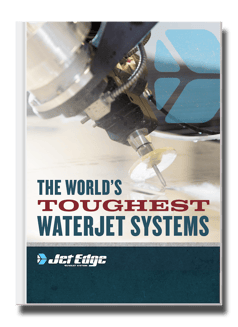
Check Out Our Digital Brochure!
Since 1984, Jet Edge has been designing and manufacturing Ultra-High-Pressure Water jet technology that doesn't back down. Our systems are used around the world in a broad range of industries from the world's leading airlines, to automotive, aerospace and industrial manufacturers, and machine job shops.
To learn more about the Jet Edge difference, our water jet motion systems, pumps and much more, click the button "Download Brochure" to get it now!

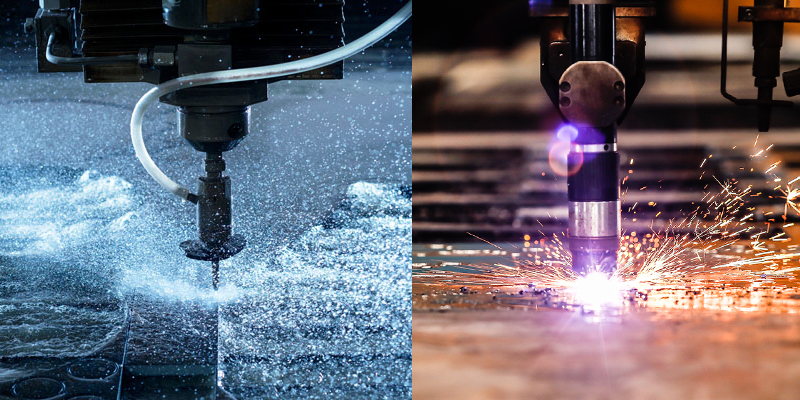

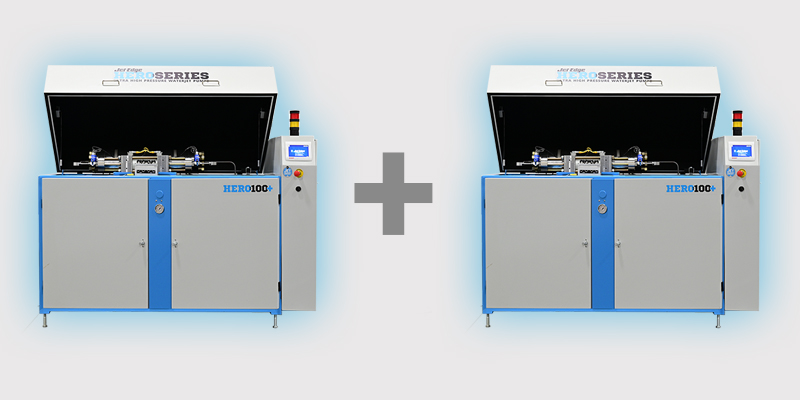

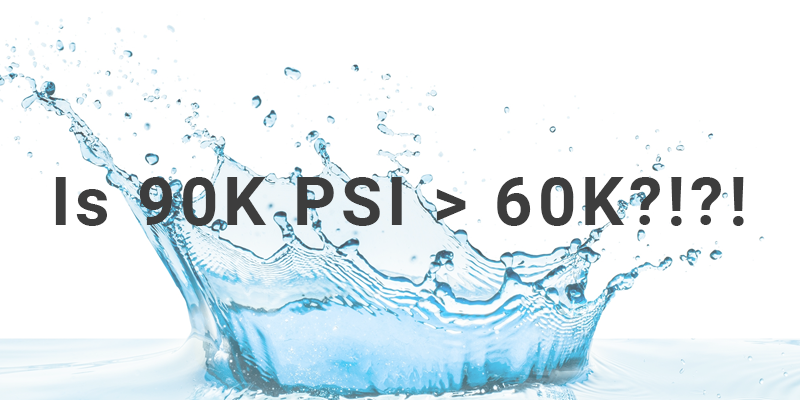
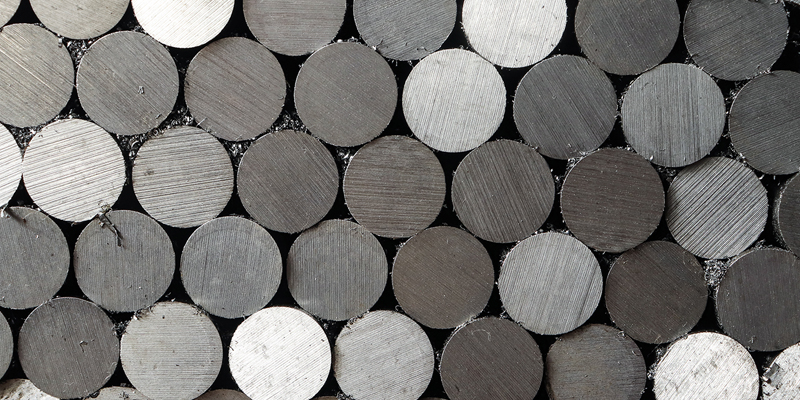
%20-%20Jet%20Edge%20Waterjets.png)



